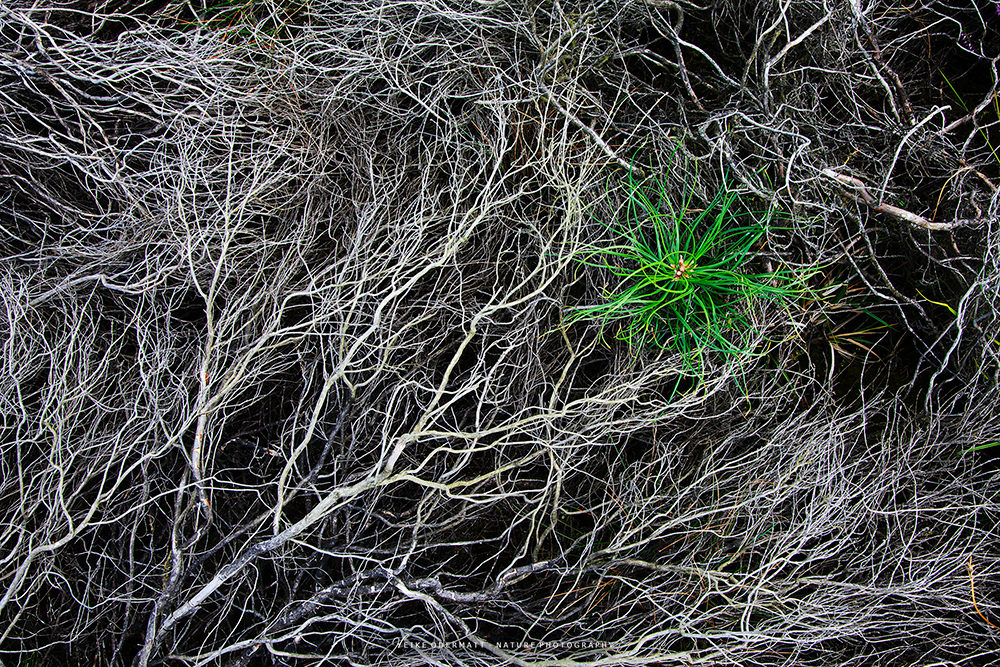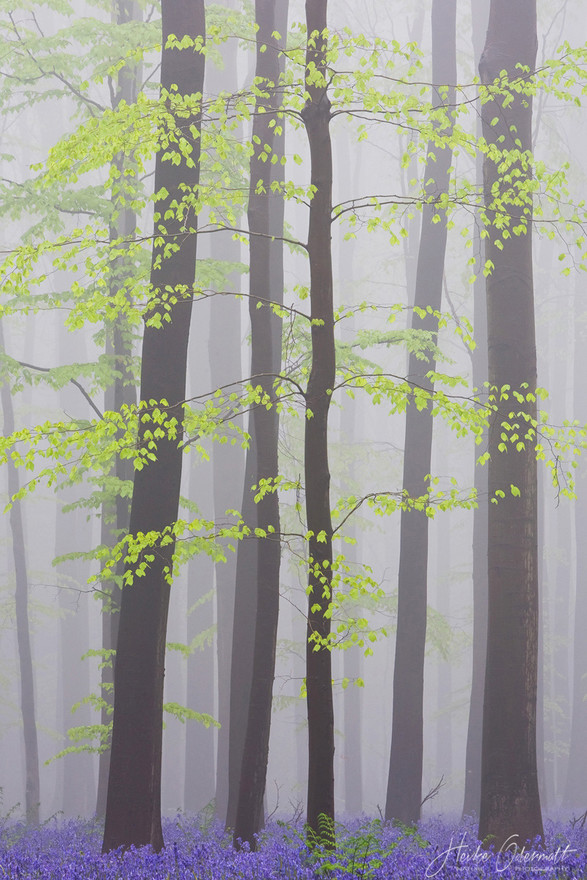Heike Odermatt is a semi-professional photographer, originally from Germany, who lives in The Netherlands. She is well known for her beautifully composed landscapes, wildlife images as well as sensitively balanced natural abstracts. Since her early childhood she hoped to photograph landscapes and wild animals. Years after she got her first analog camera, she decided in 2002 to pursue nature photography. For a few years she was restricted with her photography due to a serious illness, but currently Heike is working on new approaches to allow her to re-start her photographic activities. Her work has been awarded in several international competitions, among them, Wildlife Photographer of the Year (BBC) and European Wildlife Photographer of the Year (ENJ). Heike is a member of the Nature Photographers Guild (NFG) and the Society of German Nature Photographers (GDT).
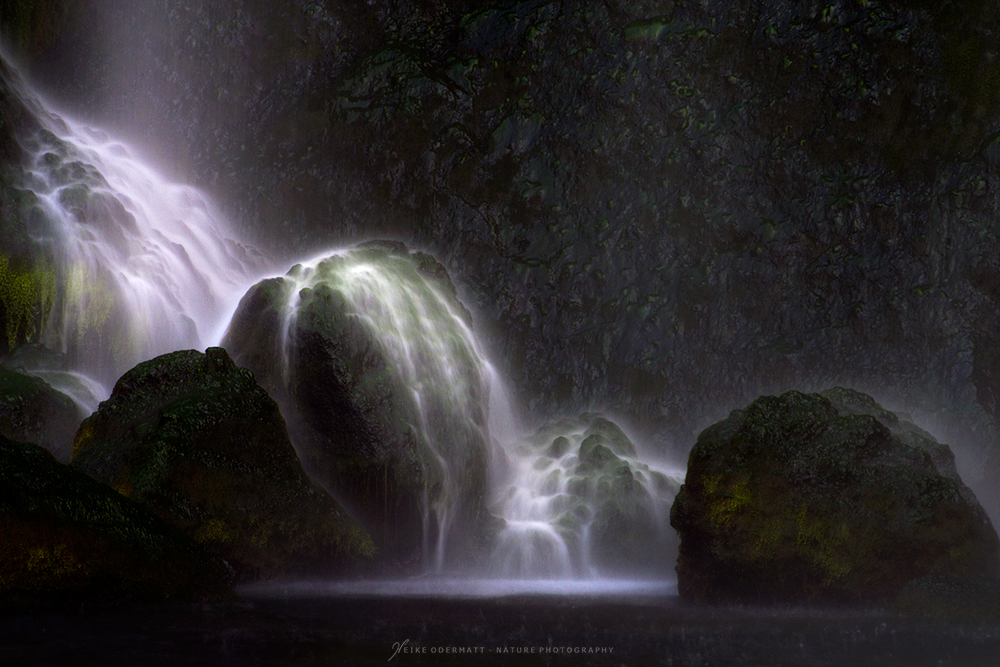
1. What was your path to become a photographer?
I’ve always been fascinated by images and photography in particular. It wasn't until much later that I actually started photographing. In 2002 I made a major step into nature photography.
2. Do you prefer to photograph close to home or do you find faraway places more inspiring? Are there any special places that inspire you the most to create new work?
All the inspiring places can’t really be found in the Netherlands, close to home. The nature in the Netherlands is also rather limited. To find the places I adore the most, I need to travel abroad. On the other hand, an advantage abut photographing close to home is that I get to know the area and I can always return to interesting places throughout the seasons.
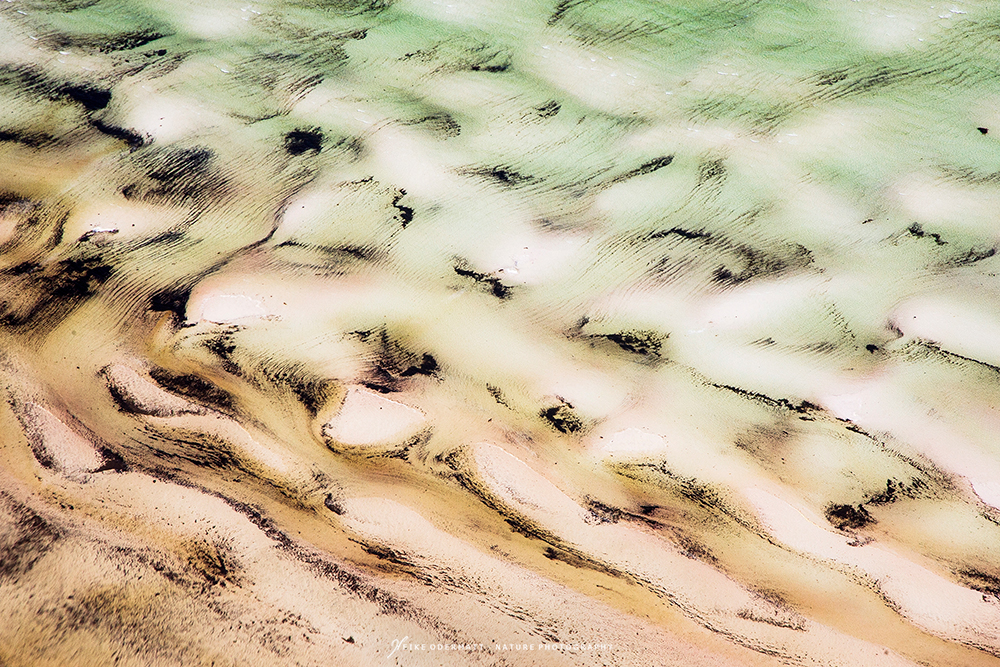
3. Are you a meticulous pre-planer or do you prefer creating images spontaneously? Do you revisit your favourite places many times to achieve the required result? Can you tell us more about your method of working?
I’m a spontaneous photographer. I like to be surprised by what nature has to offer me at a particular moment. I plan my travels not very precisely, only the most important things. Once I’m there, I will be guided by what the environment has to offer and not so much by images that I had in mind. I found out that when I had a clear plan, I would come home with completely different images than I had in mind.
4. Terra Quantum displays themes and series portfolios; do you like working to the project/series/theme or find creating individual images more rewarding?
I mostly create individual images; I think the reason behind this has to do with the fact that I didn’t have time to work on big projects in the past. Currently I am working on a few small projects too.
5. Can you tell us a bit more about one chosen photograph – what is the story behind it, when/why/how it was created?
This photo was taken in Iceland on the coast of Dyrholaey in late winter. During a stormy day with heavy waves I saw these little kittiwakes sleeping in the rocks. The sea was wild and the waves were coming continuously over these high rocks. I love those moments when water is in a constant movement, I say that water makes me 'addicted'. I could have stand there for days, because continuously, water’s texture and movement was changing. I had to admonish myself to stop making more images of the same scene, to have enough time left to photograph different ones. Years after this trip I took the time to look more closely at the many pictures I made. I made a small selection and was delighted that this image had been awarded by the' European Nature Photographer of the Year' contest lately.
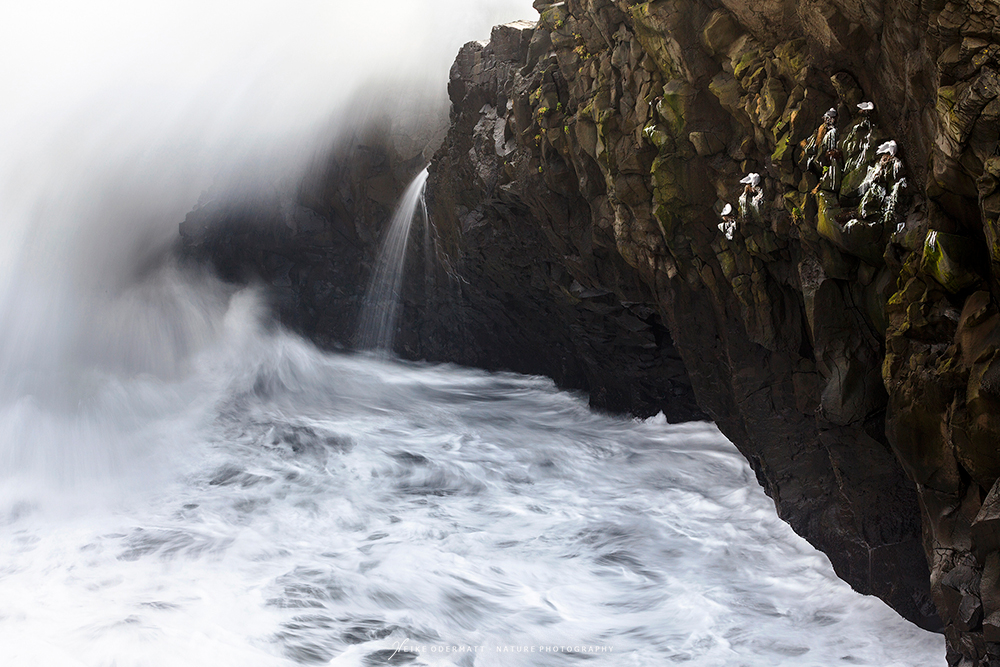
6. Do you find printing your images yourself as an integral part of image creation or do you use professional labs? How important is the choice of paper for you?
I always have my images printed by professional labs. It’s technically too complicated and time-consuming for me to print the images myself, so that’s why I prefer to leave that to professionals. I think the correct choice of the type of paper is very important. A bad print can turn a good photo into a moderate photo. The right paper underlines the quality of the photo.
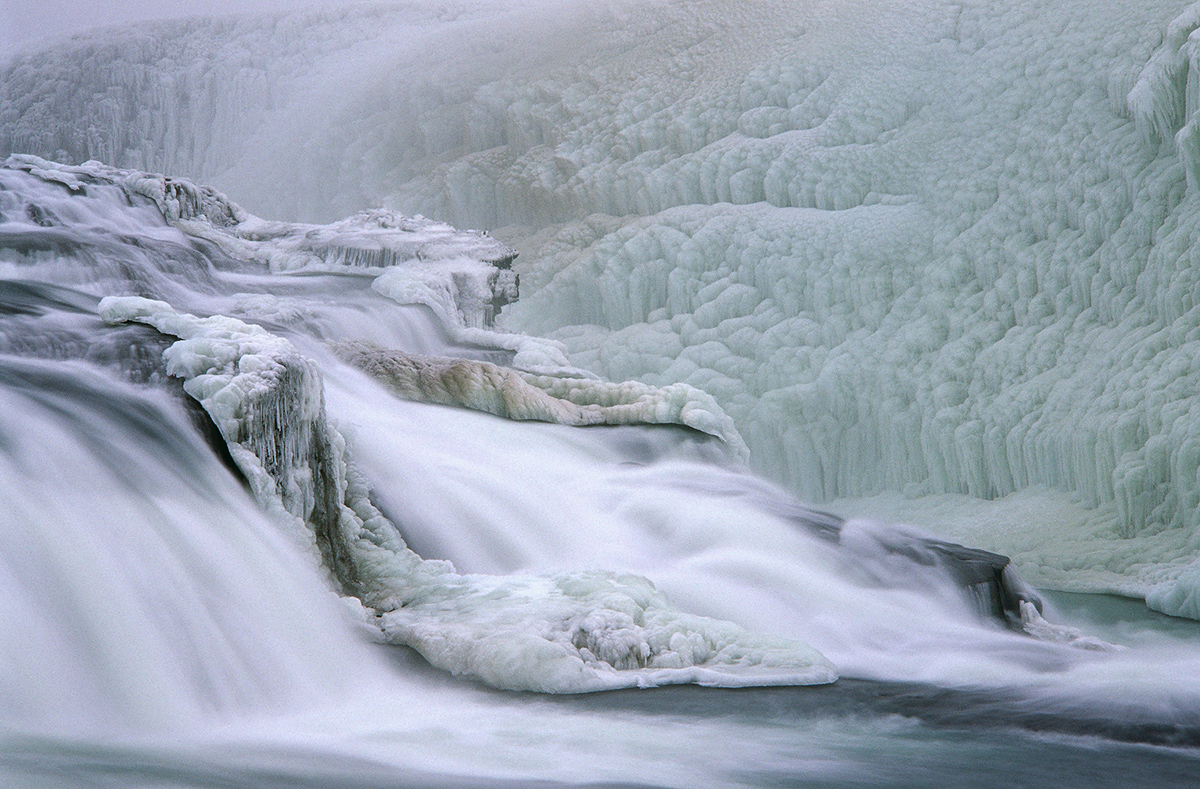
7. Do you think that social media is killing photography or playing an important role in promoting your work? How involved are you in your online presence? The answer to this question is: yes and no. As a photographer, you want to show your photos to a wide public. Social media gives a lot of opportunity to do that. I also like to share my photos with others. On the other hand, it seems to me that currently we experience an overkill of images.
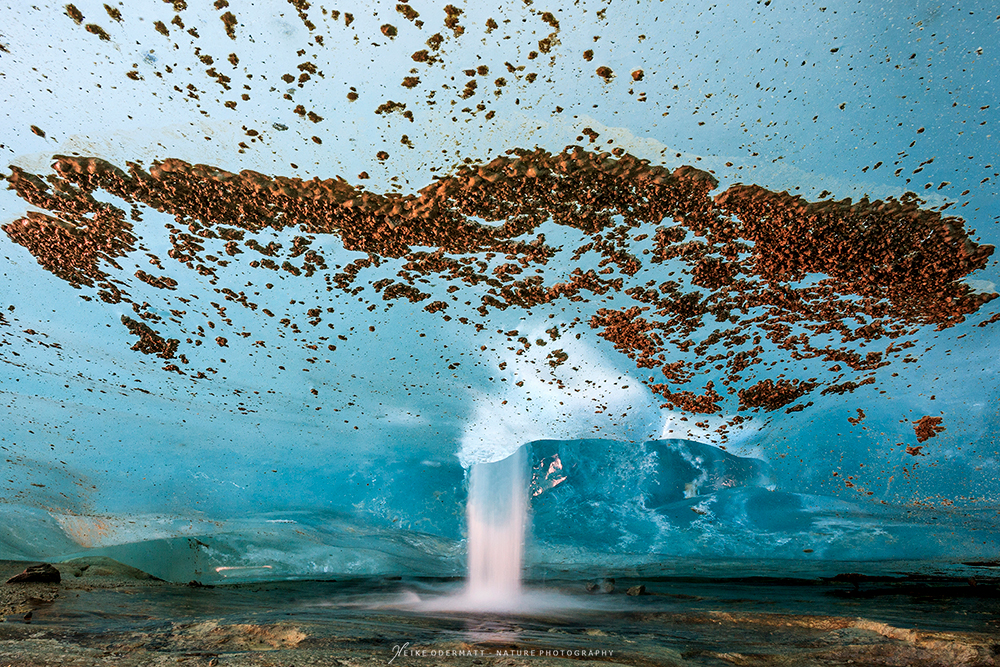
8. Do you have any plans for exhibitions, books or any interesting projects coming? Can you tell us a bit more about your artistic plans for the next couple of years?
I have no specific plans for the coming years. Due to illness, my life has been on-hold these last few years. I’m busy redesigning my life and find new ways to be able to take my photography to a more active approach. Perhaps I could create a new project with my excising photo-archive.
9. We are living on the most beautiful planet, yet it is over-burdened and over-polluted. As photography is an influential medium, do you use the power of your photographs to promote our Earth appreciation and environmental awareness? Any thoughts how photographers in general can become more involved in this important matter?
As often as I get the opportunity, I try to sensitize others with my pictures to get more feeling for nature. I hope they can see the beauty of nature in my pictures, and learn how to love and value nature. This will be the beginning of taking better care for our mother nature.
